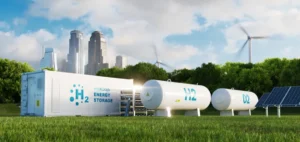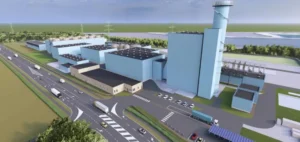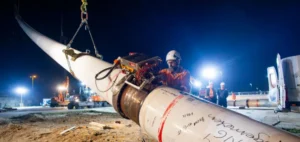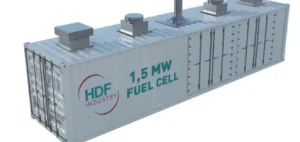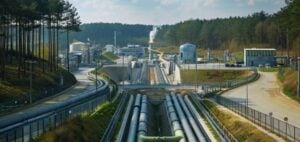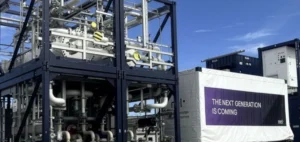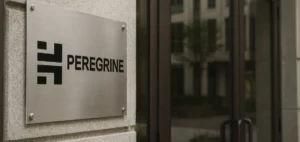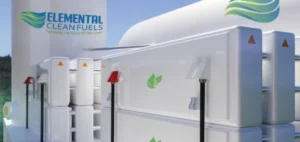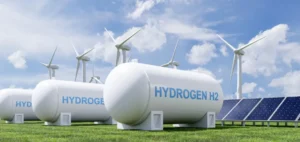Prime Minister François Bayrou confirmed that France will unveil its revised national hydrogen strategy on 15 April, a highly anticipated announcement within the sector. This update, to be presented by Minister of Industry Marc Ferracci, comes amid a slowdown in the industrial development of hydrogen, marked by weakened investments and delays in electrolysis projects.
Targets revised downwards
During an interministerial innovation committee meeting held at the Centre Pompidou in Paris with fourteen ministers in attendance, François Bayrou acknowledged that France would fall short of its initial hydrogen production goals. The government has secured 0.4 gigawatts of electrolysis capacity, against a 2026 target of 0.8 gigawatts. The executive is therefore considering revisions to its roadmap in an effort to revive a sector still facing low demand and non-competitive production costs.
Renewed public support for industry
The original national strategy, launched in 2020, allocated €9bn through the France 2030 investment plan, prioritising the decarbonisation of heavy industry and the establishment of a national electrolysis sector. Despite the creation of start-ups such as McPhy, Elogen and Genvia, orders for electrolysers remain limited, hampering industrial scale-up. Several projects have been suspended or cancelled.
France Hydrogène calls for clear and stable direction
Against this backdrop, France Hydrogène, the industry body, welcomed on Thursday the announcement of new hydrogen projects receiving public support via France 2030. These include a Gen’Hy electrolyser plant in Bourgogne-Franche-Comté, and production initiatives aimed at sustainable aviation such as Masshylia, Green Lhyfe Horizon, and several others led by Kereauzen, Bio T Jet, Dézir and TakeKair.
Philippe Boucly, President of France Hydrogène, highlighted the need to “restore a clear, ambitious and stable direction to reassure industrial players and investors”. He also stressed the importance of “positive signals towards hydrogen-powered road mobility – heavy or intensive,” a segment still awaiting budgetary and regulatory decisions.




